Sushi, a dish deeply rooted in Japanese culture, has evolved dramatically over centuries, branching into numerous regional styles each boasting unique characteristics. Beyond the basic ingredients of rice and seafood, subtle variations in preparation, presentation, and even the types of fish used create dramatically different culinary experiences. This exploration will delve into three prominent regional sushi styles – Hokkaido, Kansai, and Tokyo – examining how their distinct environments and artistic traditions shaped their approach to this beloved cuisine. Understanding these variations is crucial to appreciating the full breadth and artistry of sushi making. Essentially, the regional differences reflect broader cultural influences and local ingredient availability.
Hokkaido Sushi: The Frozen Frontier
Focusing on the Freshness
Hokkaido sushi, often referred to as “Ezo Sushi,” is renowned for its exceptional freshness. Given its northern location, Hokkaido boasts a longer, colder season, allowing for a continuous supply of incredibly fresh, high-quality seafood, particularly salmon, crab, and shellfish. This abundant supply dictates the sushi’s emphasis – the quality of the fish reigns supreme, with minimal intervention to preserve its inherent flavor. The “Ezo” name itself, referencing the indigenous Ainu people, is inextricably linked to the region’s wild, unspoiled nature and the respect for its resources.
Simple Presentation – A Reflection of Nature
The presentation of Hokkaido sushi is typically characterized by a relative simplicity. There is a conscious effort to showcase the natural beauty of the seafood, mirroring the aesthetic values of the region. Often, it's served on a single, unadorned plate, with minimal garnish beyond perhaps a sprig of green onion. This minimalist approach avoids competing with the vibrant colors and textures of the fish, allowing the inherent quality of the ingredients to take center stage. The focus is entirely on experiencing the pure, unadulterated taste of the seafood.
The Role of the Sea
The proximity to the Sea of Okhotsk heavily influences the types of fish and seafood used. You’ll frequently find uni (sea urchin), ikura (salmon roe), and various types of shellfish that are specific to the Hokkaido region. Furthermore, the cold waters contribute to a unique flavor profile, producing fish with a richer, more pronounced taste compared to those from warmer climates. This sea-centric approach is a defining element of Hokkaido sushi.
Kansai Sushi: The Art of the Edomae Style
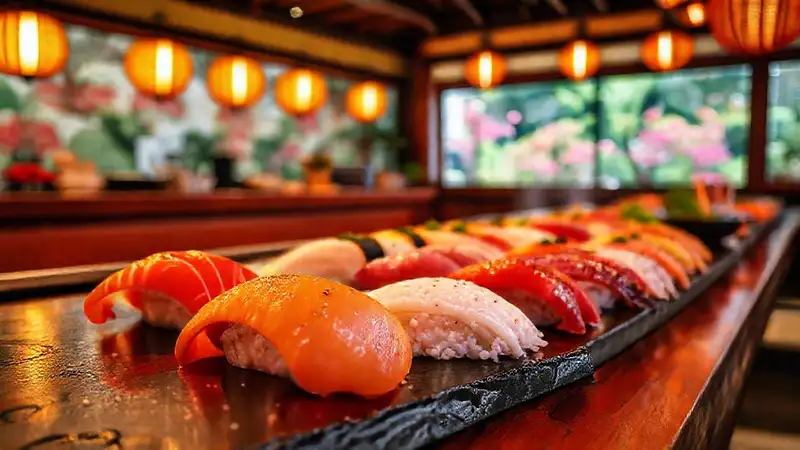
Edomae – A Culinary Legacy
Kansai sushi, specifically the Edomae style, holds significant historical importance. Developed in Edo (now Tokyo), it later spread to Kansai, subtly altering over time to reflect local tastes and artistic sensibilities. The ‘Edomae’ refers to the traditional method of preserving fish – drying and salting – which is still sometimes utilized, although modern methods are becoming more prevalent. It’s fundamentally rooted in the techniques pioneered by Sakyo Aoki, considered the father of modern sushi.
The Importance of Vinegar & Preserving
A key characteristic of Kansai sushi is the extensive use of vinegar in the rice. The rice is seasoned with a vibrant, often fruity, red vinegar blend, creating a color contrast that dramatically enhances the appearance of the fish. Preserving techniques, while evolving, remain important, with a focus on maintaining the freshness and flavor of the fish through careful manipulation. This creates a slightly more assertive and complex flavor profile than Hokkaido sushi.
Tokyo Sushi: Precision and Refinement
The Kaiseki Influence
Tokyo sushi, particularly in high-end establishments, is heavily influenced by kaiseki, the traditional multi-course Japanese dinner. This translates into a refined and meticulously planned dining experience, with an emphasis on harmony and balance. Each piece of sushi is treated as a miniature work of art, carefully constructed to showcase the individual characteristics of the fish and complement the overall presentation. The chef’s artistry is paramount.
Precise Knife Skills
The meticulous knife skills of Tokyo sushi chefs are legendary. They employ highly specialized knives and techniques to expertly slice the fish into precise shapes and sizes, maximizing the visual appeal and enhancing the texture of each bite. The cuts are often deliberately asymmetrical, contributing to a sense of elegance and artistic flair. This dedication to detail elevates Tokyo sushi to a level of unparalleled refinement.
A Focus on Elegance & Balance
Finally, Tokyo sushi often incorporates a wider variety of garnishes and accompaniments. These aren’t simply decorative; they’re carefully chosen to enhance the flavor and aroma of the fish, creating a balanced and complex sensory experience. The presentation is often exquisitely detailed, showcasing the chef’s skill and artistic vision – it’s a considered and almost theatrical display.
Conclusion
In conclusion, regional sushi styles in Japan are far more than just variations on a single dish. They represent a deep connection to local environments, traditions, and artistic sensibilities. Hokkaido celebrates freshness and simplicity, Kansai embraces a rich history of preservation and vinegar, and Tokyo embodies refined precision and aesthetic elegance. Each style offers a unique perspective on the art of sushi making, highlighting the incredible diversity and potential of this iconic Japanese culinary tradition. Ultimately, exploring these regional differences provides a more profound appreciation for the artistry and dedication involved in crafting each perfect piece.
Do you want me to modify any aspect of this, such as adding more detail to a specific section, adjusting the tone, or focusing on a particular aspect of regional sushi?
 What’s the origin of spaghetti alle vongole’s name
What’s the origin of spaghetti alle vongole’s name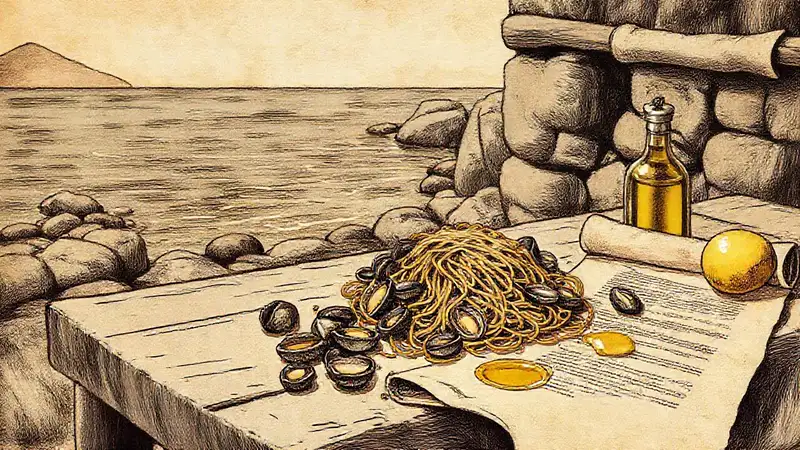 Can you detail the history of spaghetti alle vongole
Can you detail the history of spaghetti alle vongole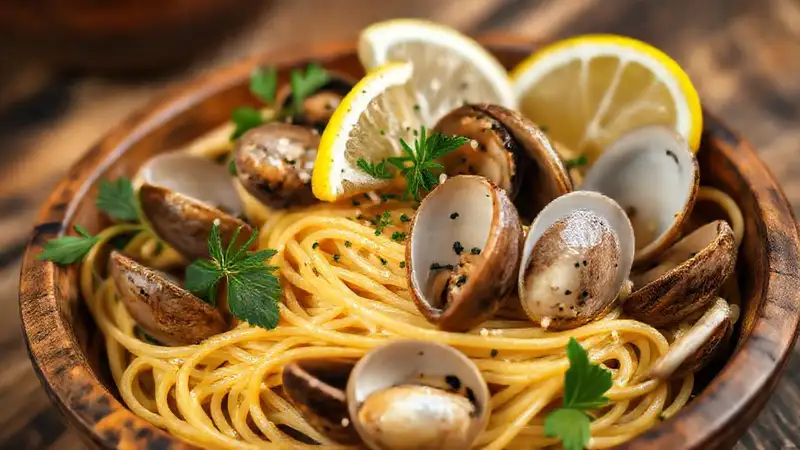 What are some ways to elevate spaghetti alle vongole
What are some ways to elevate spaghetti alle vongole How does Hokkaido's mountainous terrain impact seafood
How does Hokkaido's mountainous terrain impact seafood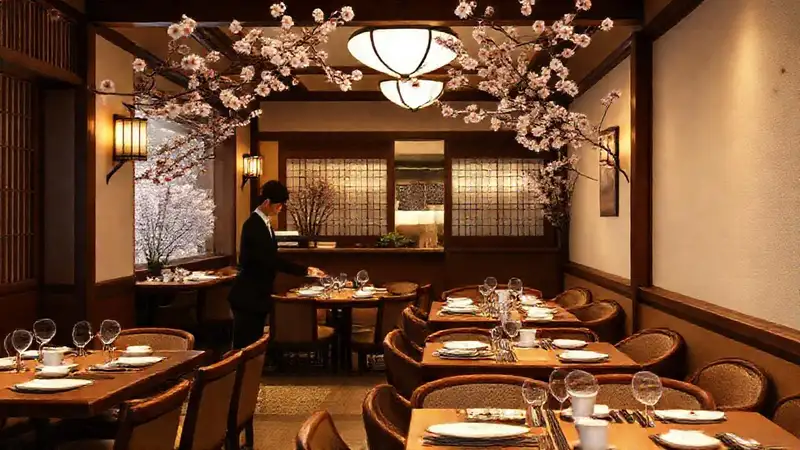 How does Kansai’s emphasis on etiquette affect service
How does Kansai’s emphasis on etiquette affect service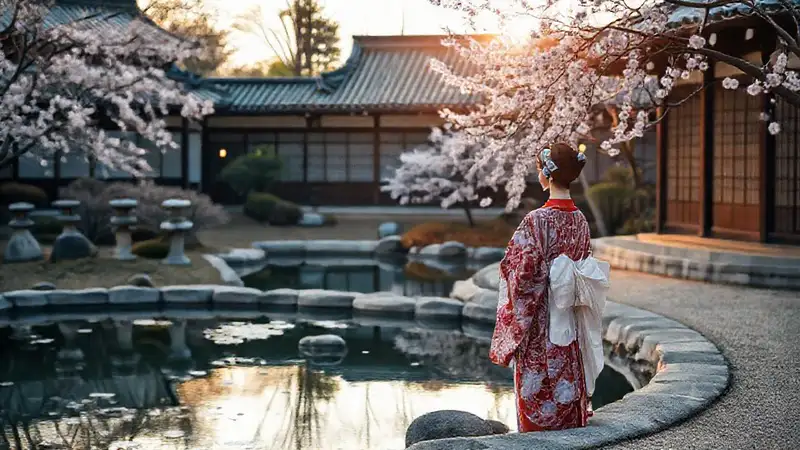 How does Kansai’s presentation prioritize beauty
How does Kansai’s presentation prioritize beauty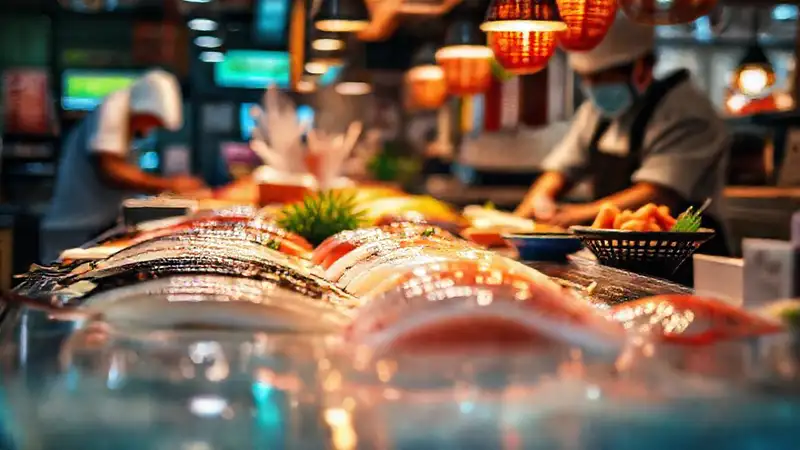 How does Tokyo’s sushi emphasize freshness, always
How does Tokyo’s sushi emphasize freshness, always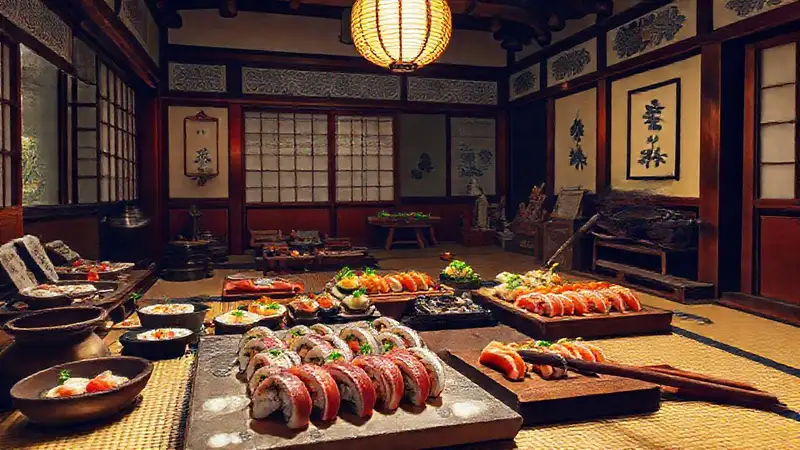
Deja una respuesta